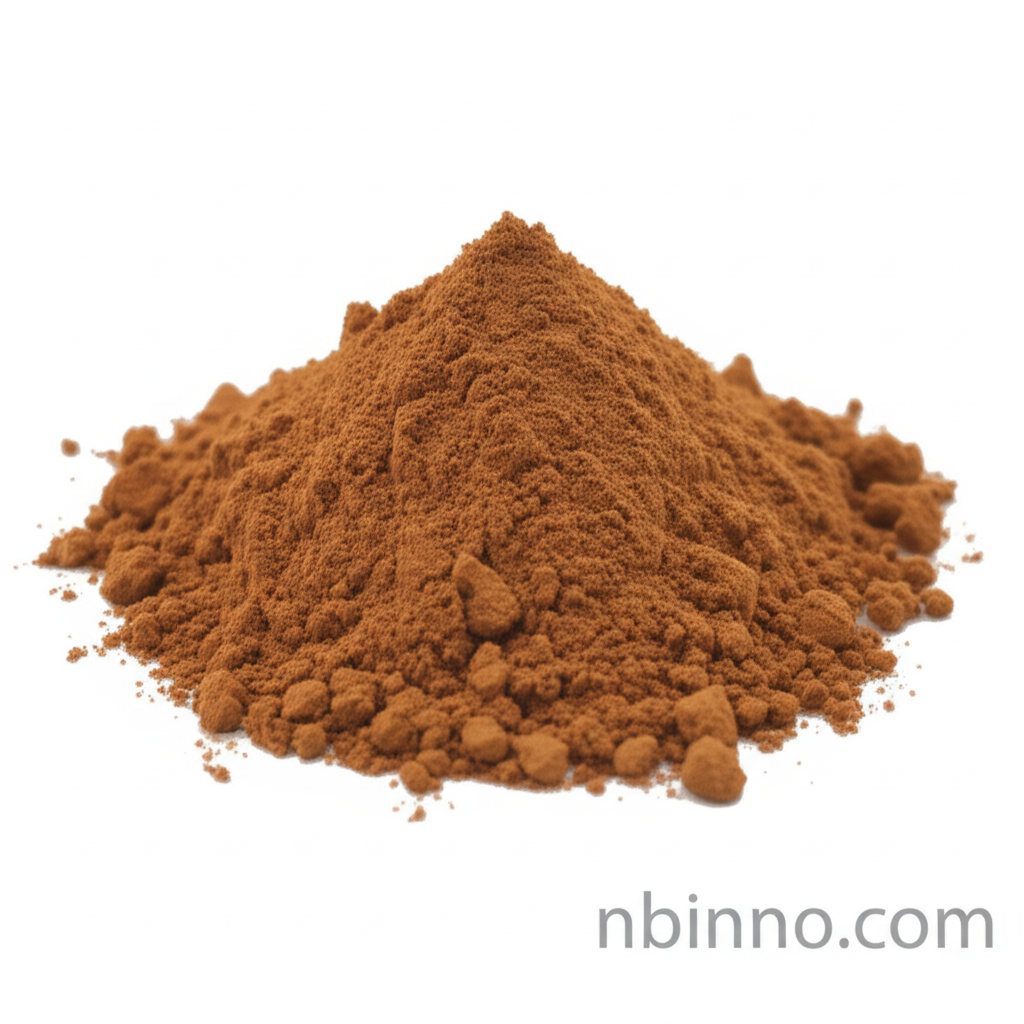Understanding 2-Chloro-6-(ethylamino)-4-nitrophenol: A Key Hair Dye Intermediate
Explore the synthesis, properties, and critical applications of this vital chemical in the cosmetic industry.
Get a Quote & SampleProduct Core Value

2-Chloro-6-(ethylamino)-4-nitrophenol
This compound serves as a crucial intermediate in the synthesis of various organic compounds, notably finding significant application within the cosmetic industry as a key component in hair dye formulations. Its specific chemical structure contributes to its color-imparting properties.
- Introduction to 2-chloro-6-ethylamino-4-nitrophenol synthesis highlights its production pathways.
- Explore the chemical properties that make it suitable for cosmetic applications.
- Understand the safety assessment and regulatory considerations for its use in hair dyes.
- Discover its role as an intermediate in organic synthesis beyond cosmetic applications.
Key Advantages
Versatile Synthesis Routes
The compound can be produced through various synthetic methods, offering flexibility in manufacturing processes. The nitrophenol derivative applications are diverse due to these adaptable synthesis pathways.
Cosmetic Application Potential
Its primary use in hair dyes showcases its effectiveness in color development. Research into biodegradation of nitrophenols suggests potential avenues for environmental management related to its use.
Chemical Reactivity
The presence of chloro, ethylamino, and nitro groups allows for various chemical reactions, making it a valuable building block in organic chemistry. Understanding the hair dye intermediate safety is paramount for its responsible use.
Key Applications
Hair Dye Formulations
This compound is predominantly used in hair dyeing processes, contributing to the final color shades achieved. Its efficacy is well-documented in various cosmetic formulations.
Organic Synthesis
As a chemical intermediate, it plays a role in the synthesis of more complex organic molecules, showcasing its utility beyond the cosmetic sector.
Research and Development
Investigating its mutagenicity of hair dye ingredients helps in developing safer cosmetic products. Its properties also make it a subject for ongoing chemical research.
Chemical Analysis
Methods like HPLC are used for its analysis, essential for quality control and purity assessment in its production and application. This ensures the chemical compound properties meet industry standards.
